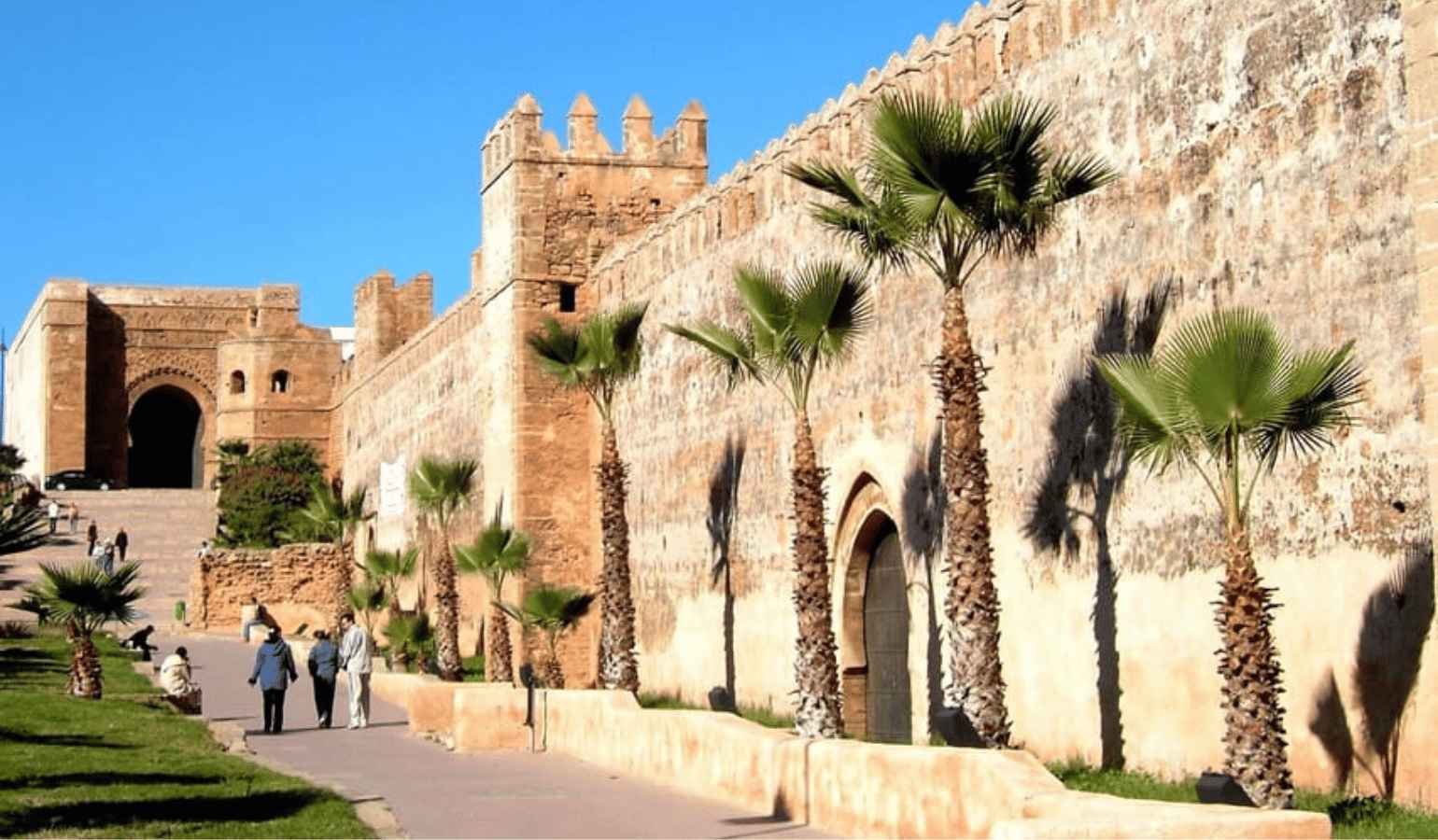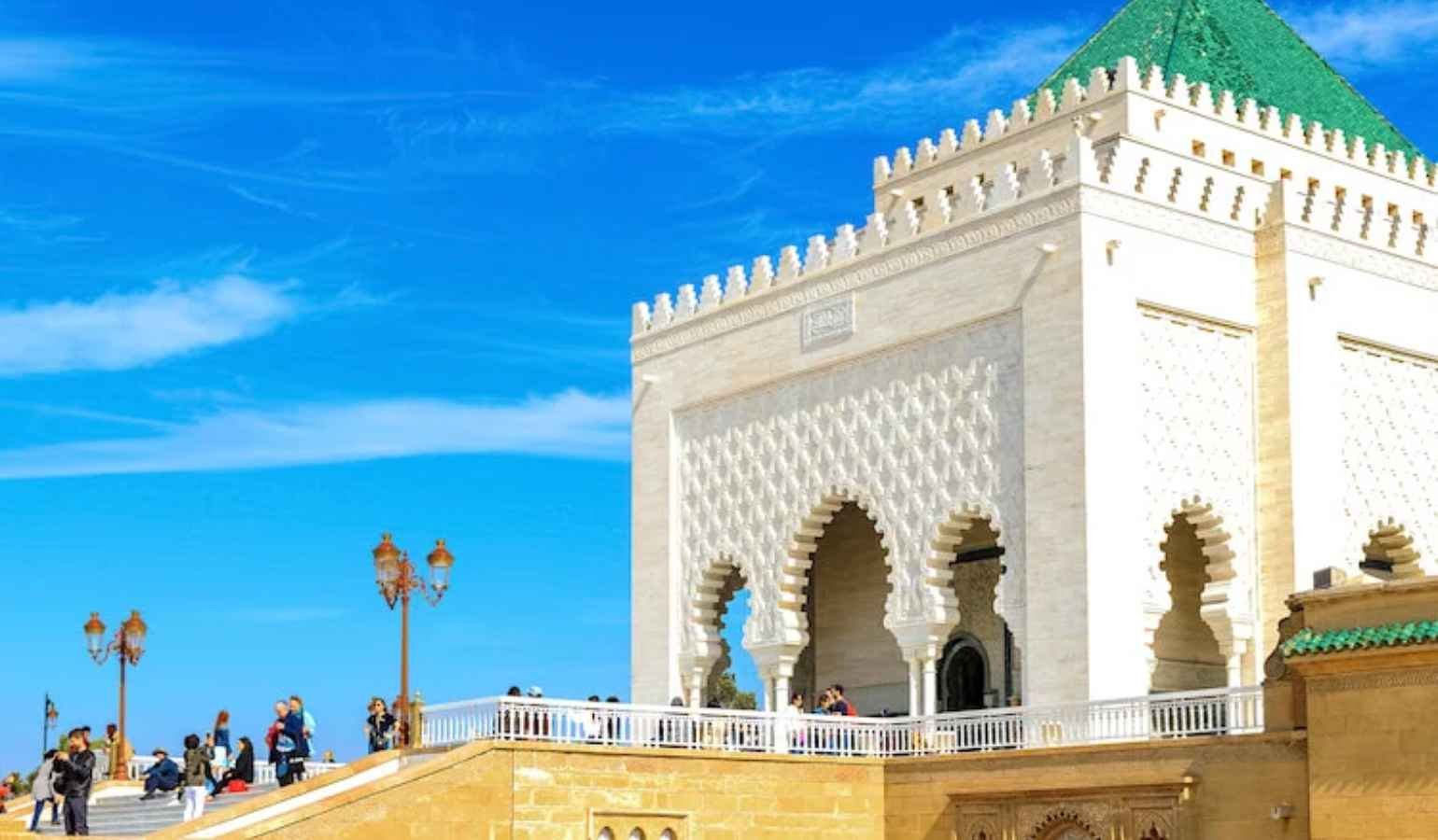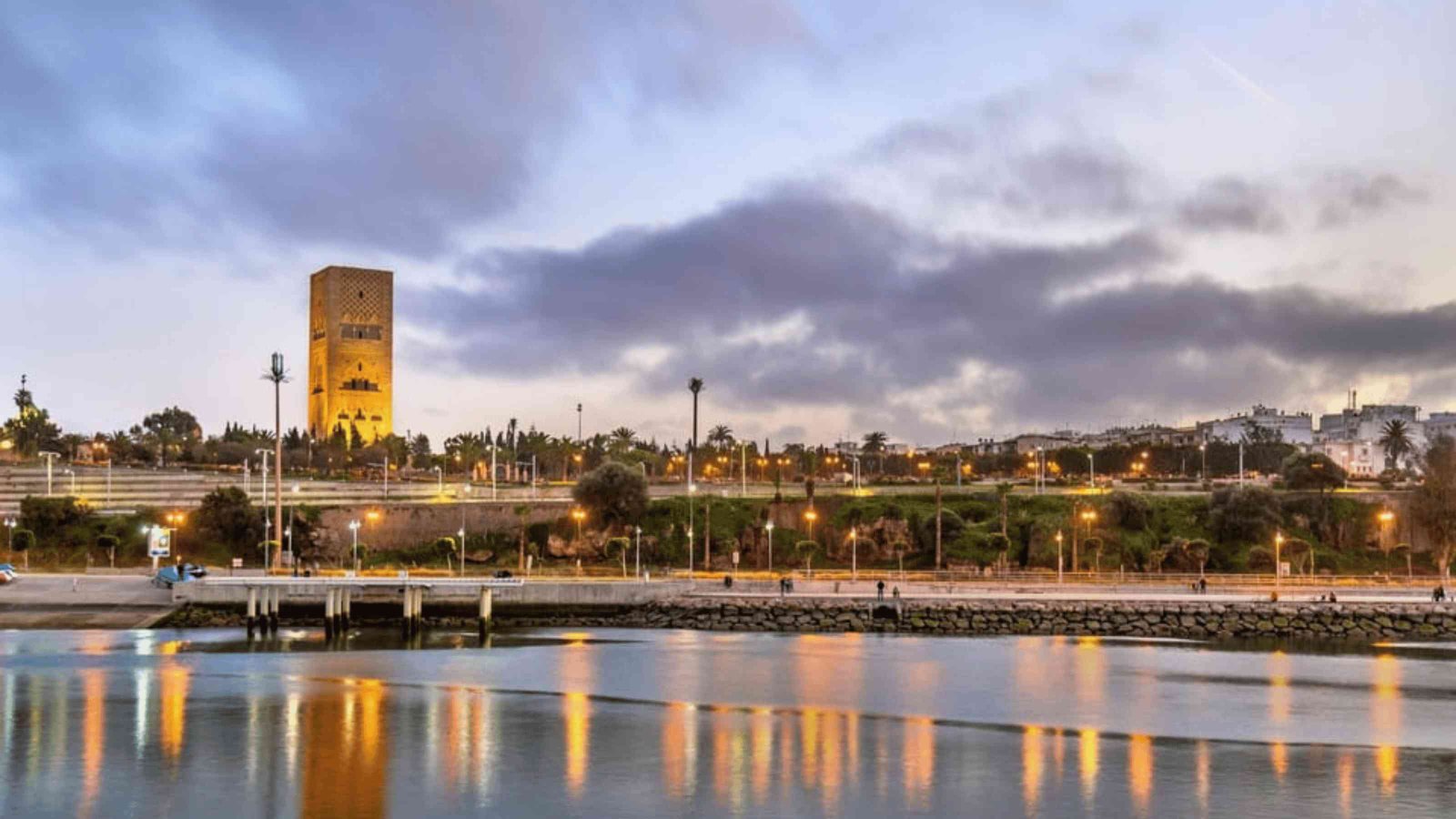
Kasbah of the Udayas in Rabat
Perched above the confluence of the Bou Regreg River and the Atlantic Ocean, the Kasbah of the Udayas stands as a testament to Morocco’s rich history and vibrant culture. This fortified citadel, located in the heart of Rabat, is one of the city’s most iconic landmarks, offering visitors a journey through time, from the Almohad dynasty to the present day. With its narrow winding streets, charming Andalusian gardens, and panoramic views, the Kasbah of the Udayas is more than just a historical site—it is a living, breathing piece of Morocco’s heritage.
A Fortress Built by Warriors
The history of the Kasbah of the Udayas dates back to the 12th century, when it was constructed by the Almohad dynasty as a military stronghold to defend against foreign invaders. The kasbah was named after the Udayas, a powerful Berber tribe that settled in the area and played a crucial role in defending the region. Over the centuries, the kasbah served various purposes, from a military outpost to a royal residence, each layer of history adding to its rich tapestry.
As you enter the kasbah through the imposing Bab Oudaia gate, you are immediately transported to another era. This grand entrance, with its intricate carvings and massive wooden doors, is a masterpiece of Almohad architecture, showcasing the dynasty’s skill in both military and aesthetic design. The kasbah’s thick walls and strategically positioned towers speak to its original purpose as a fortress, while its interior reveals a more peaceful side of life, with quiet streets and beautifully preserved homes.

Exploring the Andalusian Gardens
One of the highlights of a visit to the Kasbah of the Udayas is the Andalusian Gardens, a lush oasis of greenery and tranquility within the fortress walls. Created in the 20th century by French colonists, these gardens are a tribute to the Andalusian style, with their neatly arranged flower beds, shaded walkways, and ornate fountains. The gardens are a perfect place to relax and enjoy the serene atmosphere, surrounded by the scent of orange blossoms and the sound of birdsong.
The Andalusian Gardens also offer stunning views of the Bou Regreg River and the Atlantic Ocean, making them a popular spot for photographers and nature lovers. From here, you can see the distant cityscape of Salé across the river, as well as the rolling waves of the ocean—a reminder of the kasbah’s strategic location at the crossroads of land and sea.
The Kasbah’s Artistic Legacy
The Kasbah of the Udayas is not just a place of historical significance; it is also a hub of artistic and cultural expression. Over the years, the kasbah has attracted artists, writers, and musicians who have found inspiration in its timeless beauty and tranquil surroundings. The kasbah’s narrow streets, lined with whitewashed houses adorned with blue doors and shutters, create a picturesque setting that has been the subject of countless paintings and photographs.
The kasbah is also home to the Oudayas Museum, located in a former palace within the fortress. The museum showcases a collection of traditional Moroccan arts and crafts, including jewelry, pottery, and textiles, offering visitors a glimpse into the country’s rich artistic heritage. The museum’s courtyard, with its beautiful zellij (mosaic tilework) and tranquil fountain, is a peaceful retreat that invites contemplation and reflection.
Get Your Region Guide — Your Adventure Awaits!
Get the e-book for free
A Window into Rabat’s Past and Present
Visiting the Kasbah of the Udayas is like stepping into a living museum, where the past and present coexist in harmony. The kasbah’s history as a military fortress, royal residence, and artistic enclave is reflected in its diverse architecture and vibrant atmosphere. But the kasbah is also very much a part of modern Rabat, with its bustling cafes, artisan shops, and friendly locals who are proud to share their heritage with visitors.
For those interested in history, the kasbah offers a fascinating insight into Rabat’s role as a strategic military center and a cultural crossroads. The kasbah’s well-preserved architecture, from the imposing Bab Oudaia gate to the elegant Andalusian Gardens, is a testament to the city’s enduring importance in Morocco’s history.
For culture enthusiasts, the Kasbah of the Udayas is a treasure trove of artistic inspiration. Whether you’re exploring the narrow streets, admiring the traditional Moroccan crafts at the Oudayas Museum, or simply soaking in the serene atmosphere of the gardens, the kasbah offers a unique and enriching experience.
Why Visit the Kasbah of the Udayas?
The Kasbah of the Udayas is a must-visit destination for anyone exploring Rabat or Morocco as a whole. Its combination of historical significance, architectural beauty, and cultural richness makes it a unique and unforgettable experience. Whether you’re a history buff, an art lover, or simply someone looking to enjoy the natural beauty of Morocco, the kasbah has something to offer.
The kasbah’s location, overlooking the Bou Regreg River and the Atlantic Ocean, provides breathtaking views that are worth the visit alone. The contrast between the rugged coastline and the serene gardens within the kasbah walls creates a stunning visual experience that captures the essence of Morocco’s diverse landscape.
Planning Your Visit
The Kasbah of the Udayas is located in the heart of Rabat, making it easily accessible from other parts of the city. The best time to visit is during the spring or autumn when the weather is mild, and the gardens are in full bloom. Be sure to bring your camera, as the kasbah offers countless photo opportunities, from the intricate details of the Bab Oudaia gate to the panoramic views of the river and ocean.
If you’re interested in learning more about the history and culture of the kasbah, consider taking a guided tour. Local guides can provide valuable insights into the kasbah’s past and present, as well as its significance in the broader context of Moroccan history.
Don't search, just ask Layla. Your AI trip planner.
Need help deciding where to visit and what to do there? Ask away.


